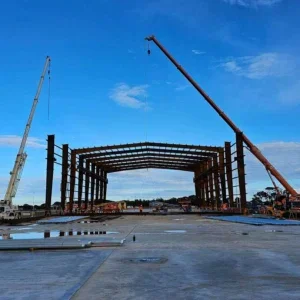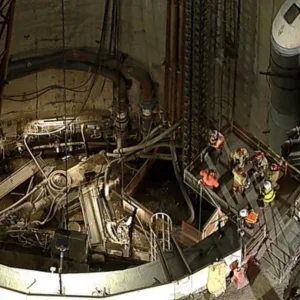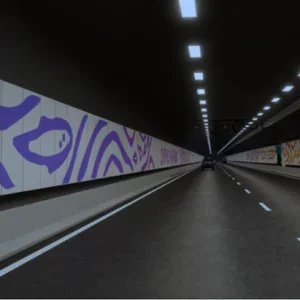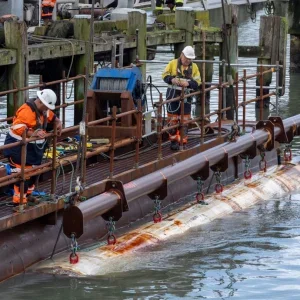The 7.3km long Budapest metro Line 4 is expected to receive government approval in the next couple of months, paving the way for construction tenders to be invited at the beginning of 2004.
The contract will be awarded on a design and construct basis, but a design consortium, led by local firm Formterv, has prepared the preliminary design for government approval – a draft bill is expected to be passed in late summer 2003. Other consultants involved are Uvaterv and Mott MacDonald. The project management consultant is Eurometroa – consortium made up of Eurout (Hungarian), MAV (Hungarian Railways), OTB Bank, and Louis Berger.
Allowing for detailed environmental conditions, tenders for the design and construction of the line are expected to be invited in early 2004.
Although the design of the metro is the responsibility of the winning bidder, the client (BKV DBR Metro project directorate) has stipulated that the tunnels will be twin 5.2m i.d. tubes, lined with pre-cast concrete segments.
Modern-day Budapest is a conurbation of Buda on the west of the Danube, and Pest on the east. Buda sits on Kiscelli clay, while Pest rests on disturbed layers of clay, silt, sand, and sand gravel. The tunnels will probably be bored using a mixed-face shield TBM.
Crossing under the Danube river is expected to be the most challenging aspect of the project. As well as considerable hydrostatic pressure, engineers will have strict environmental guidelines preventing them from disturbing the thermal water springs, which emerge just south of Szabadsag bridge crossing the Danube – the responsible fault line and karst thermal water-bearing layers must remain intact.
The 7.3km long line will run from Kelenfold in the southwest, to Keleti in the northeast. There are plans to extend the line by a further 3.5km to Bosnyak ter, when there are more available funds.
The US$936M project will be financed via a loan form the European Investment Bank. Hungary will also apply for financing from the EU structural fund. (See T&TI, June 2003, p14, for financing details.)
The new line, which is expected to carry 600,000 passengers a day, should be open to traffic in 2007-2009.
Related Files
Budapest metro







